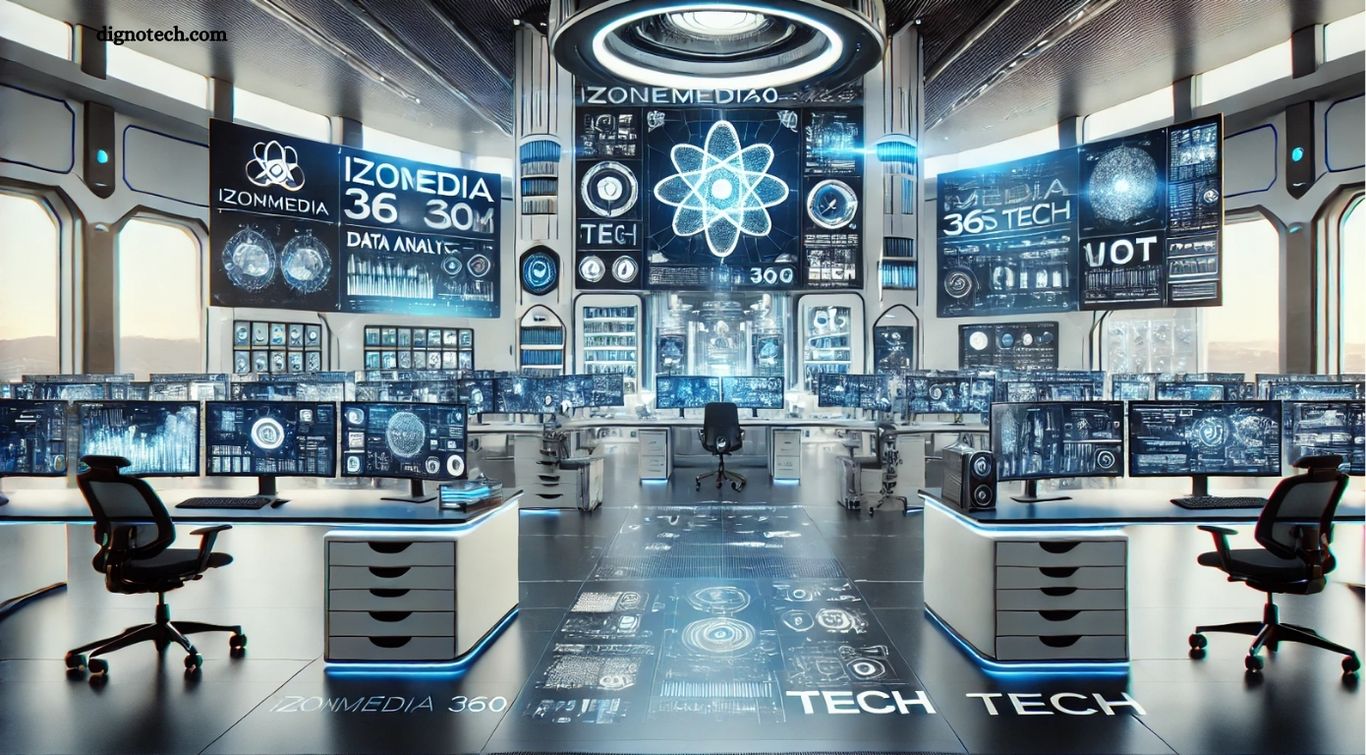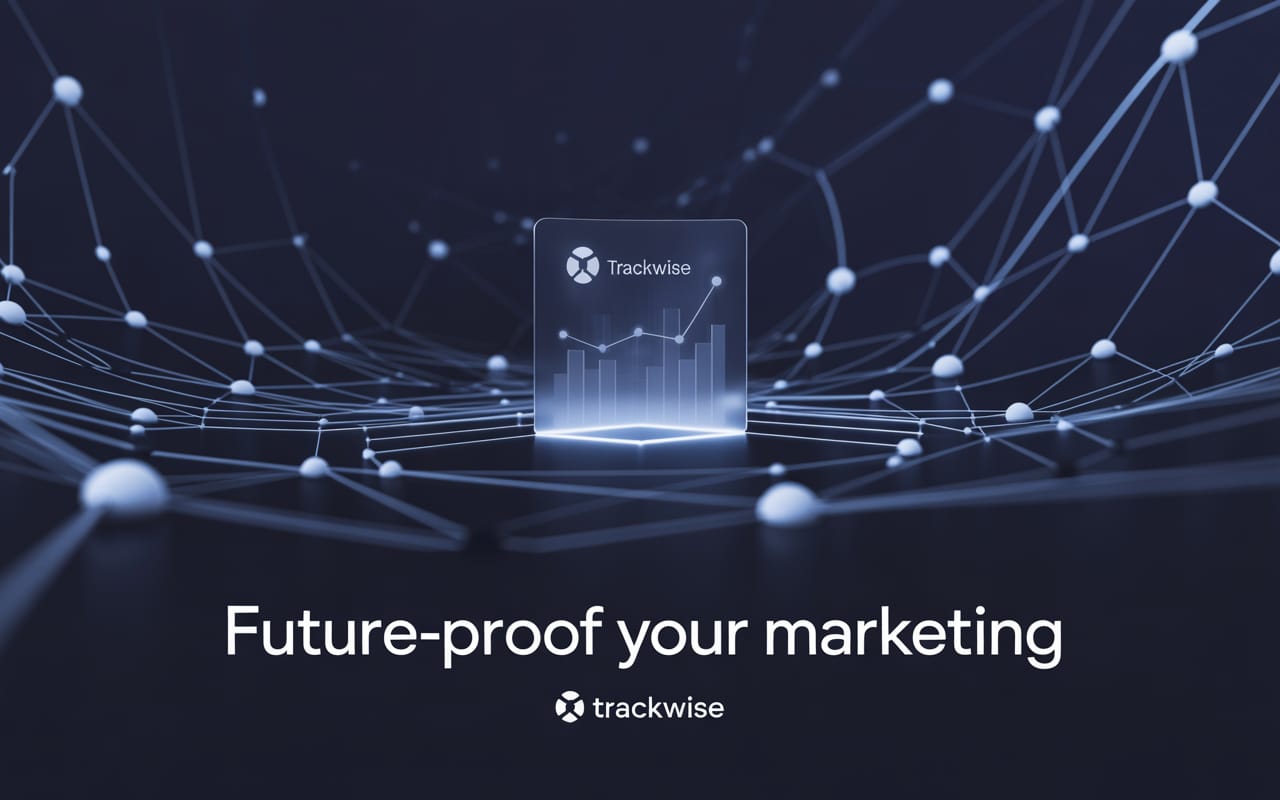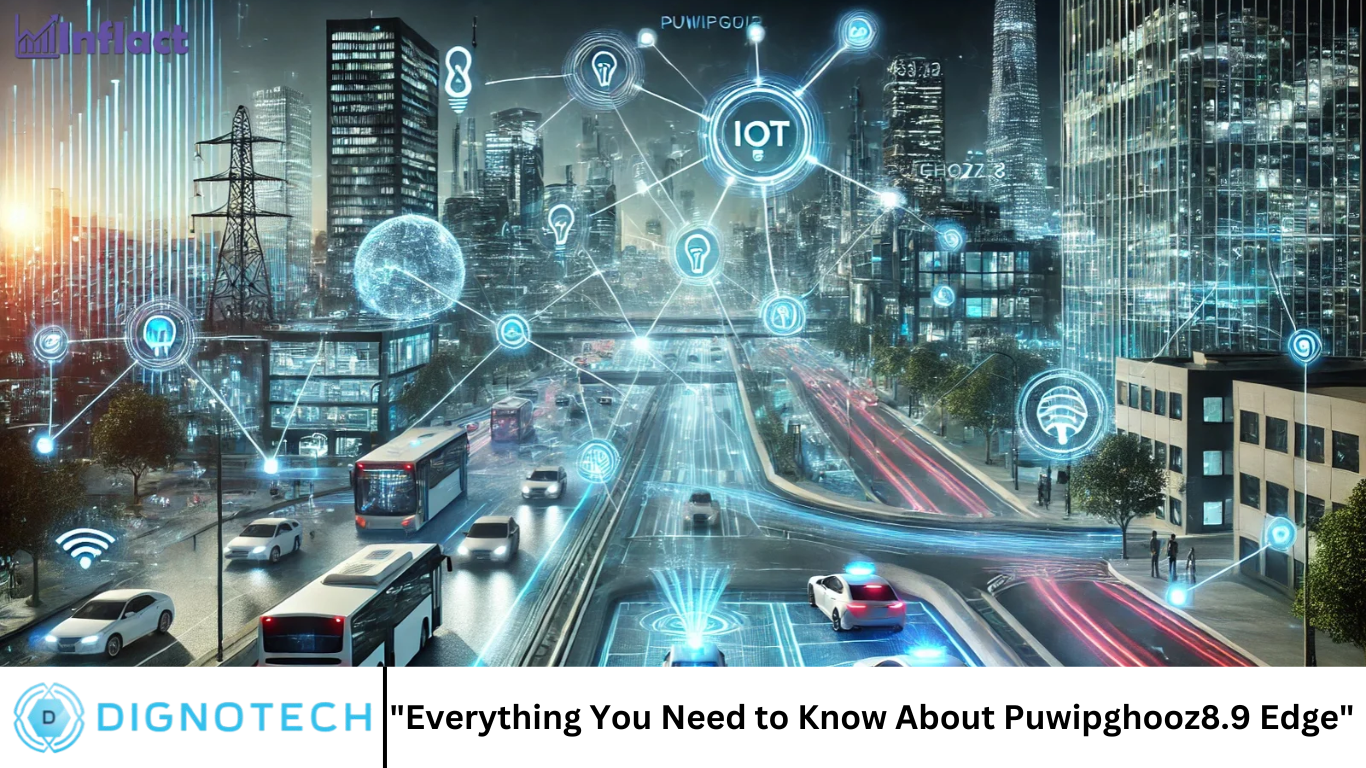Revolutionizing Enterprise Intelligence: How ZBrain Multi-Agent Systems Empower Next-Gen Solutions

In the fast-evolving world of artificial intelligence, enterprises are constantly seeking tools that not only streamline operations but also enhance decision-making with minimal human intervention. One of the most groundbreaking advancements in this area is the development of multi-agent systems, which have proven to be game-changers for businesses looking to scale efficiently and adapt quickly.
ZBrain’s Multi-Agent Systems are at the forefront of this transformation, offering a sophisticated platform that brings automation, coordination, and intelligence together in a seamless digital ecosystem.
At the same time, building intelligent AI agents is becoming increasingly accessible, thanks to platforms like the ZBrain Builder, which enables developers and non-technical users alike to craft bespoke agents tailored to specific business needs.
In this article, we’ll explore how these systems work, what makes them unique, and why they are critical to the future of enterprise operations.
What Are Multi-Agent Systems?
A multi-agent system (MAS) is a collection of autonomous agents that interact with each other to achieve individual or collective goals. Each agent in the system has its own knowledge base, decision-making capabilities, and the ability to perform tasks. These agents work both independently and cooperatively, solving problems that are either too complex or too vast for a single agent to handle alone.
MAS can be applied in various industries, including finance, healthcare, manufacturing, logistics, and more. What sets MAS apart is its ability to operate in dynamic environments, learn from interactions, and adapt strategies in real-time.
How ZBrain’s Multi-Agent System Works
ZBrain has engineered a cutting-edge architecture for its multi-agent systems, designed to handle complex workflows that mimic human intelligence and collaboration. Each agent is highly specialized, performing distinct tasks like data extraction, analysis, validation, or communication with APIs and databases.
Here are some key features that make ZBrain’s system stand out:
1. Autonomous Task Execution
Agents function independently, capable of handling tasks without constant human oversight. They communicate via a shared memory layer and coordinate through a centralized orchestrator that ensures smooth operation across the system.
2. Scalable and Modular Design
The system is built for scale, meaning organizations can start small and gradually expand their use of agents as needed. New agents can be integrated without disrupting existing workflows.
3. Contextual Awareness
ZBrain agents are context-aware, meaning they remember the context of interactions. This allows them to act more intelligently over time, delivering more personalized and accurate results.
4. Collaboration and Decision-Making
Instead of acting in isolation, agents collaborate, exchange information, and make decisions collectively. This distributed intelligence mimics a team of human experts working together on a complex problem.
Introducing the ZBrain Builder
While multi-agent systems might sound technically complex, ZBrain has democratized access to this powerful technology through the ZBrain Builder. This intuitive platform enables users to build and deploy custom agents with minimal coding.
Here’s how it works:
Drag-and-Drop Interface
Users can create workflows by dragging and connecting nodes, each representing a function or process. This visual interface simplifies the complexity of multi-agent architecture.
Pre-Built Templates
ZBrain Builder includes pre-configured templates for common business processes like lead qualification, invoice processing, customer support triage, and more.
Custom Integration
You can integrate external APIs, databases, and tools effortlessly, allowing your agents to interact with third-party systems as needed.
Monitoring and Analytics
The platform provides real-time analytics on agent performance, decision-making accuracy, and workflow efficiency. This insight allows for continual optimization.
Benefits for Enterprises
The implementation of multi-agent systems through ZBrain provides a range of benefits:
- Operational Efficiency: Automates routine tasks, freeing human resources for higher-value work.
- Scalability: Easily expand operations by adding more agents without overhauling the infrastructure.
- Speed and Accuracy: Agents work in real time, ensuring fast response and minimal errors.
- Cost Reduction: Reduces labor costs and operational inefficiencies.
- Agility: Adapt quickly to changing market or internal conditions with intelligent agent reconfiguration.
Challenges and Considerations
While the benefits are substantial, enterprises should also consider the challenges:
- Initial Setup: There’s a learning curve in understanding how to design and deploy agents effectively.
- Security: With agents accessing sensitive data, robust security protocols must be in place.
- Governance: It’s important to have oversight on how agents make decisions, especially in regulated industries.
ZBrain addresses many of these concerns with built-in security, compliance features, and easy governance controls in its Builder platform.
Final Thoughts
The evolution of multi-agent systems marks a significant leap forward in enterprise AI. Platforms like ZBrain not only make this technology accessible but also empower businesses to build systems that learn, adapt, and perform at a level previously unimaginable.
Whether you’re looking to automate internal processes, improve customer experience, or gain deeper insights from your data, adopting ZBrain’s multi-agent system and leveraging the ZBrain Builder can be a transformative step.
The future of enterprise intelligence isn’t just about AI—it’s about collaboration between intelligent systems. With ZBrain, that future is already here.





